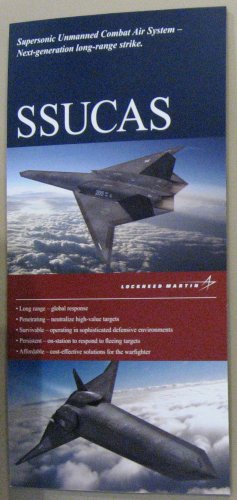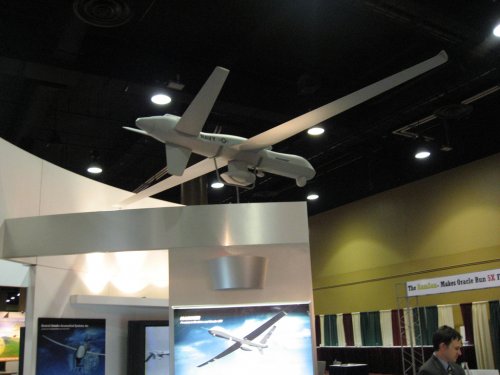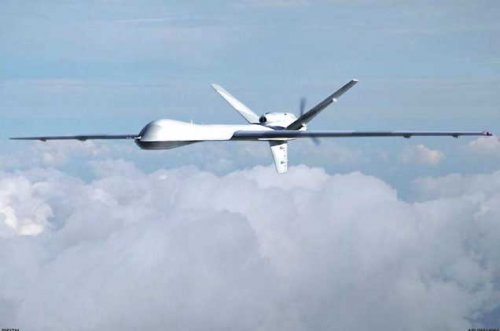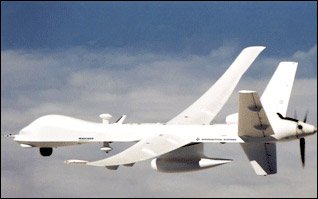- Joined
- 24 January 2006
- Messages
- 1,322
- Reaction score
- 470
donnage99 said:To my knowledge, B-2's mission is predefined before it gets airborne. It never went up there not knowing exactly what it's gonna do.quellish said:Err why not? That is exactly the B-2's purpose.
False. They can self-designate for JDAMs. Really amusing capability, given that it can carry a cubic buttload of 500lb JDAMs. Not sure if this has actually been tried in combat as most of the missions it's been used for have involved precalculated targets as far as I recall, but the capability is there.
And sferrin is correct, one of the original missions for the B-2 was as a mobile ICBM hunter.




